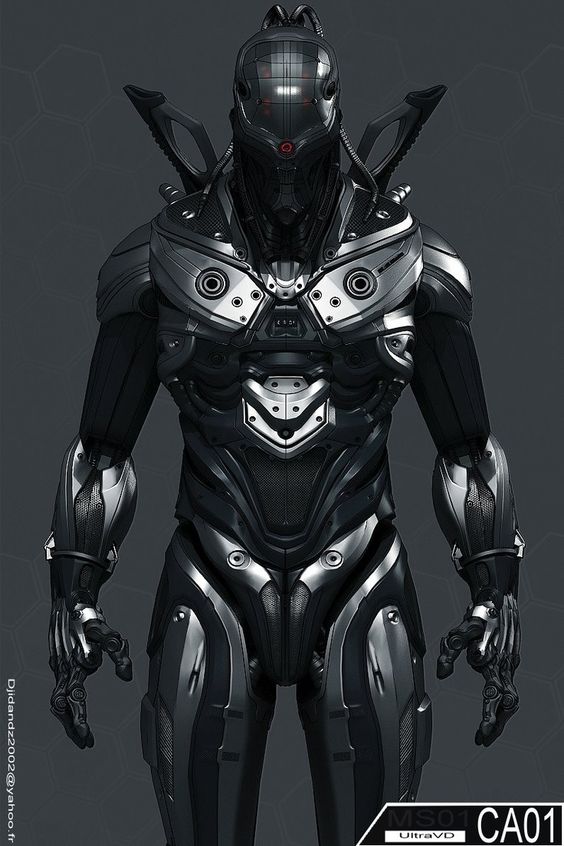

Each of these shields provides unique costs and benefits that suit particular playstyles. While they may not have been released as timely as many in the community would have hoped, it is nice to see new combat items in the game. They are of course the Bone Tower Shield and Iron Buckler.
#Carapace armor vs skeleton suit update
Updated on September 15th, 2022, by Hodey Johns: The Hearth And Home update to Valheim introduced two new shields for players to craft and use in-game. There is no question that the final shield in this list is the best shield in Valheim. This list will rank all nine of the shields from worst to best. However, Tower shields have more blocking power. On the other hand, Tower shields have a large movement penalty and prevent the character from performing a parry. Round shields have less of a movement penalty and gamers can parry while using them. There are a total of nine different shields in Valheim, which fall into either the Round or Tower class. RELATED: Pros and Cons of Future Valheim Expansions Leaving Norse Mythology When facing off against other players or bosses, it is nice to have an extra layer of protection. Survivors that prefer a more tactical approach to fighting will want to use a shield. This article purports to rely on sources which are not cited in the body of the text.įor help on citation see the citation guidelines.Valheimplayers have the option of building their character for an attacking or a defensive playstyle. 1: Warhammer 40,000: Rogue Trader, pg.Ultimately, they all have the same effect in battle, and the design mainly depends on where the forces will be fighting and the traditions of that army. The Cadian Shock Troopers for example use the most standard pattern of Imperial Flak Armour, tight fitting jackets or tabards with armoured helmets, whereas the Valhallan Ice Warriors incorporate it as a large overcoat into their uniform to also protect from the biting cold of their home planet. Due to the vast numbers of groups that use flak armour there is no standard appearance for it, and different Imperial Guard regiments often have different styles of armour tailored to their own environments and culture. DistributionĪmong the fighting forces of the Imperium, flak armour is mainly used by the Imperial Guard, PDFs and Navy, but is also common among other races such as the Orks, and up until their demise, the Squats. Īlthough it is a relatively ineffective armour, it is incredibly cheap and easy to make, requiring only a very low technology base, putting it among the most popular in the galaxy with a variety of races. Rarer still, Cameleoline is incorporated into the outermost layer of some Imperial Guard Regiments' fatigues providing yet more concealment. Thermal-absorbent materials, applied to reduce the thermal signature of the infantry, help with staying invisible during night recon missions. Guards for knees and legs are also produced. The same principle is used in the production of Guardsman helmets and bracers. After multiple layers of fabric are affixed to the skeleton,the vest is given its toughened outer shell. This skeleton is then wrapped in multiple layers of a high-tensile fabric that is the main protective component of the armour. A flak vest consists of a skeleton of lightweight, flexible metal. Most guardsmen wear Flak Armour, a cheaply produced, lightweight armour vest provided en-masse to Imperial Guard units. Some layers commonly used include Carbon-fibre, Plasfibre and Thermoplas strips, although a number of specialised materials can be integrated in non-standard suits. The ablative characteristics of the armour provide further defence against heat and energy based damage. It is meant to provide defence against low-velocity, dispersed damage, such as explosions, shrapnel and ricochet material, rather than to protect against a direct impact, in which case the armour's protection is almost negligible. Flak armour consists of multiple layers of different ablative and impact absorbent materials designed primarily to deflect or absorb the majority of the force from a shot or blow.


 0 kommentar(er)
0 kommentar(er)
